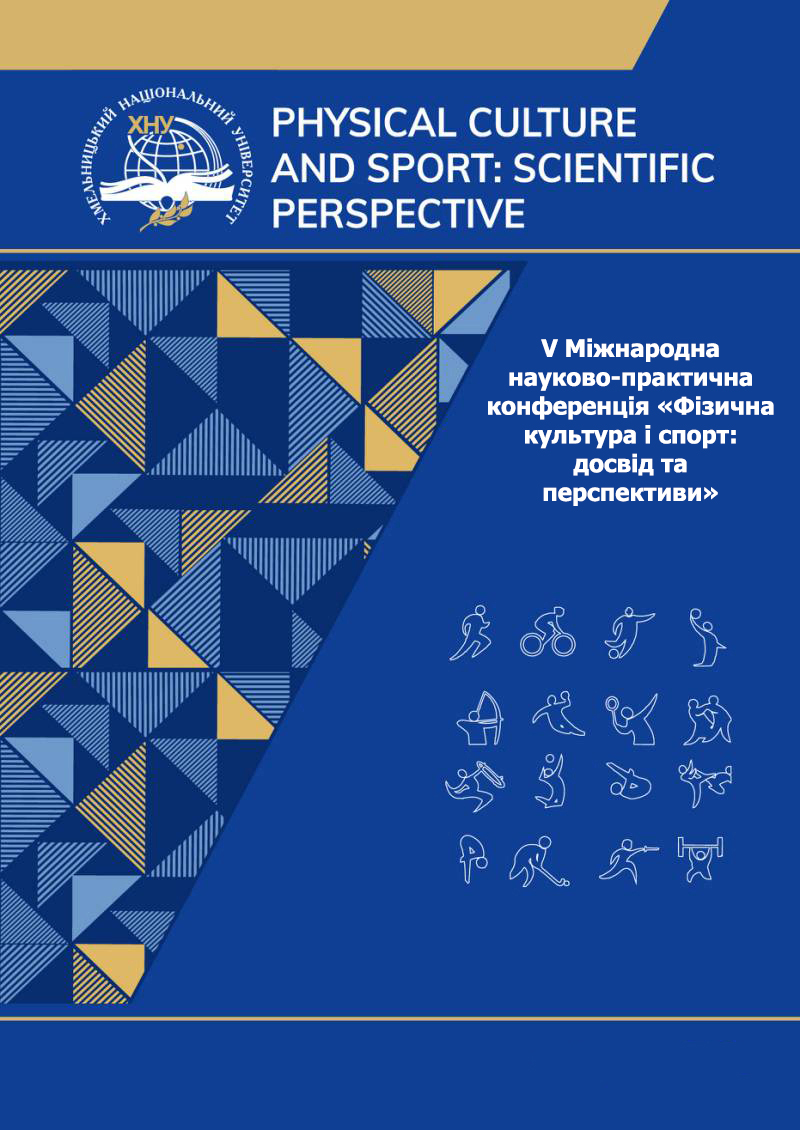ANALYSIS OF EXISTING METHODS FOR ASSESSING EXCESS BODY MASS IN MILITARY PERSONNEL
DOI:
https://doi.org/10.31891/pcs.2025.1(1).26Keywords:
body mass, fat component, muscle component, obesity, comprehensive approach, military personnel, physical condition, normAbstract
The article is dedicated to the analysis of modern methods for determining excess body mass and obesity in military personnel, evaluating their informativeness, practical significance, and limitations. Military service requires a high level of physical fitness among personnel, which necessitates the use of valid body weight control methods that consider professional workloads. However, traditional approaches to assessing excess body mass may not accurately reflect the actual condition of military personnel due to the specific composition of their bodies, particularly their high muscle mass.
The aim of the study is to analyze existing methods for assessing excess body mass and obesity in military personnel, considering the specifics of military service. To achieve this goal, the following research methods were used: analysis and generalization of scientific and methodological literature, as well as information from foreign and domestic sources. An analysis was conducted on existing methods for assessing excess body mass, their accuracy, accessibility, and applicability in field conditions.
The study examines anthropometric methods, index-based methods, bioelectrical impedance analysis of body composition, air displacement plethysmography (ADP), ultrasound diagnostics, dual-energy X-ray absorptiometry (DXA), and 3D body scanning. The analysis revealed that each method has its own advantages and limitations, particularly in terms of measurement accuracy, availability, and practical applicability in military settings. It was found that traditional methods, such as body mass index (BMI), do not always accurately assess the physical condition of military personnel due to their high muscle mass, while high-precision technologies like DXA and ADP are not readily available for routine use.
The optimal approach for assessing excess body mass in military personnel is recognized as a combination of anthropometric methods with bioelectrical impedance analysis, as this provides the most informative results while considering the conditions of military service and the physiological characteristics of the personnel.
References
Mykhaylov V. V., Korostylova Y. S., Mykhaylov V. V. Assessment of body weight of male service members of the Armed Forces of Ukraine. Scientific Journal of the National Pedagogical University named after M. P. Drahomanova. Scientific and Pedagogical Problems of Physical Culture (Physical Culture and Sports). №5(178). 2024. P. 121 – 130. https://doi.org/10.31392/UDU-nc.series15.2024.5(178).25.
Petrachkov O. V., Yarmak O. M. Analysis of the physical development and body composition of operational-level officers of the Armed Forces of Ukraine under the conditions of the legal regime of martial law. Bulletin of the Carpathian National University. Series: Physical Culture. №40. 2023. P 67–76. https://doi.org/10.15330/fcult.40.67–76.
Mullie P., Vansant G., Hulens M., Clarys P., Degrave E. Evaluation of body fat estimated from body mass index and impedance in Belgian male military candidates: Comparing two methods for estimating body composition. Military Medicine. №173(3). 2008. Р. 266–270. https://doi.org/10.7205/MILMED.173.3.266.
Boiko, S. S., Suhorada, H. I., Olenev, D. H., Mykhaylov, V. V., Shemchuk, V. A., Palevych, S. V. Control of the physical fitness state of military personnel : A methodical manual. Kyiv. 2021. 42 р.
https://moz.gov.ua/uk/chomu-vazhlivo-vimirjuvati-okruzhnist-talii
Munganga Danny M., Longo-Mbenza B., Longo-Longo G., Manzala G., Nzuzi V., On’kin J. B. K. L. Neck circumference as an independent cardiometabolic risk factor: A cross-sectional study in Kinshasa. International Journal of Diabetes and Endocrinology. №5(2). 2020. Р. 27. https://doi.org/10.11648/j.ijde.20200502
Zhou J. Y., Ge H., Zhu M. F., Wang L. J., Chen L., Tan Y. Z. Neck circumference as an independent predictive contributor to cardio-metabolic syndrome. Cardiovascular Diabetology. №12(1). 2013. Р. 76.
https://doi.org/10.1186/1475-2840-12-76.
Namazi N., Larijani B., Surkan P. J., Azadbakht L. The association of neck circumference with risk of metabolic syndrome and its components in adults: A systematic review and meta-analysis. Nutrition, Metabolism and Cardiovascular Diseases. №7. 2018. Р. 657–674. https://doi.org/10.1016/j.numecd.2018.03.006.
https://en.wikipedia.org/wiki/Waist–hip_ratio
Petrachkov O. V., Yarmak O. M., Kyvshynov O. V. Assessment of the level of physical fitness of operational-level officers with limited functional capabilities based on indicators of physical condition. Scientific Journal of the National Pedagogical University named after M. P. Drahomanova. Scientific and Pedagogical Problems of Physical Culture (Physical Culture and Sports). №9 (169). 2023. Р. 127–131. https://doi.org/10.31392/NPU-nc.series15.2023.9(169).27.
Downloads
Published
How to Cite
Issue
Section
License
Copyright (c) 2025 Олена Ярмак , Владислав Поплавець

This work is licensed under a Creative Commons Attribution 4.0 International License.





